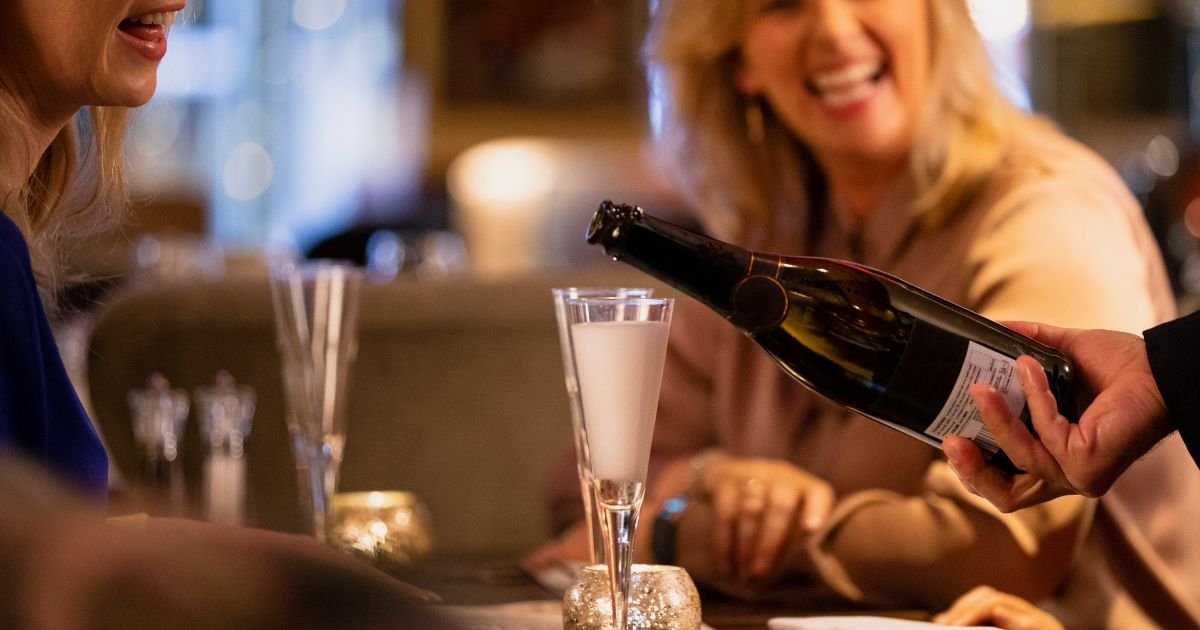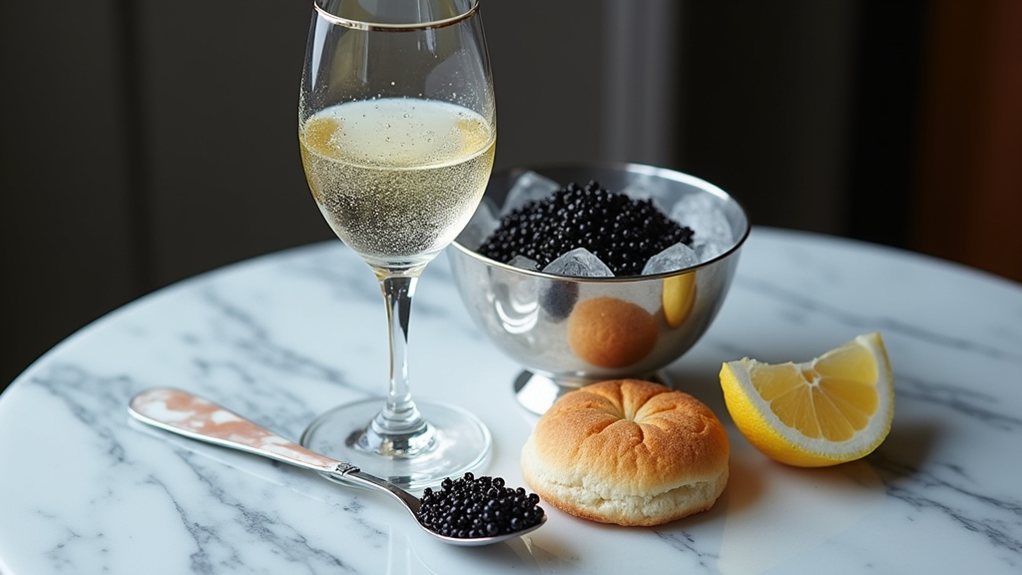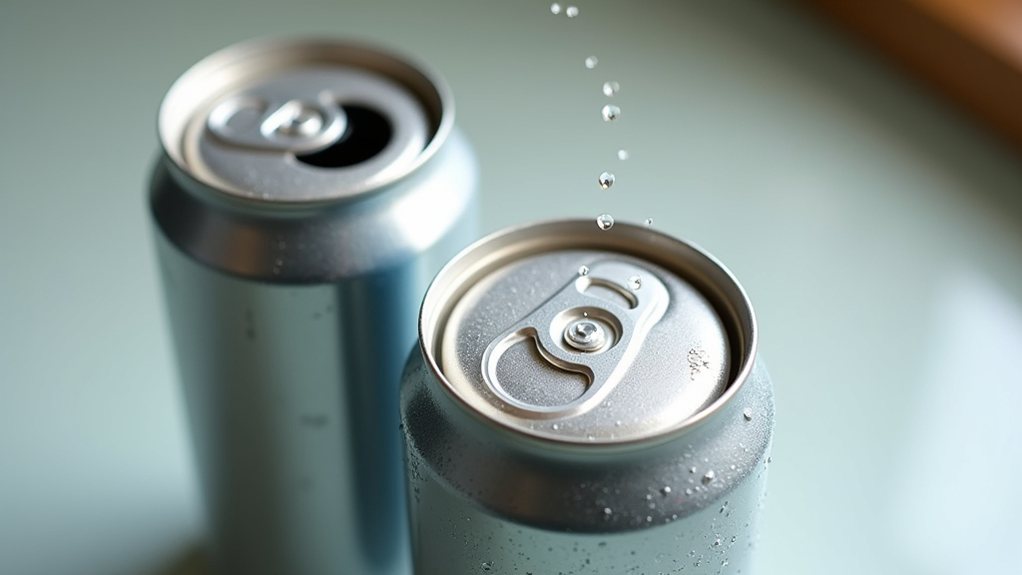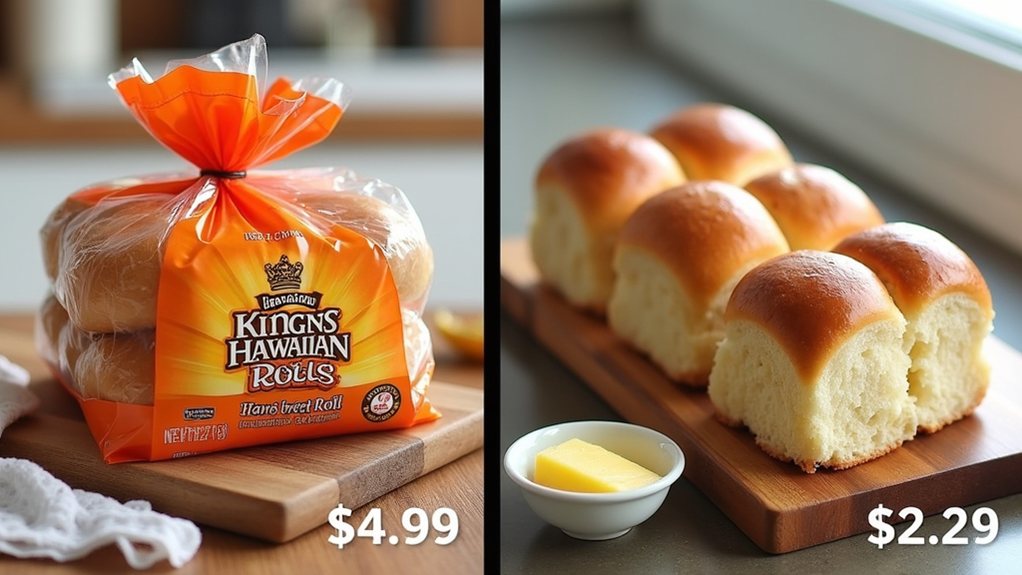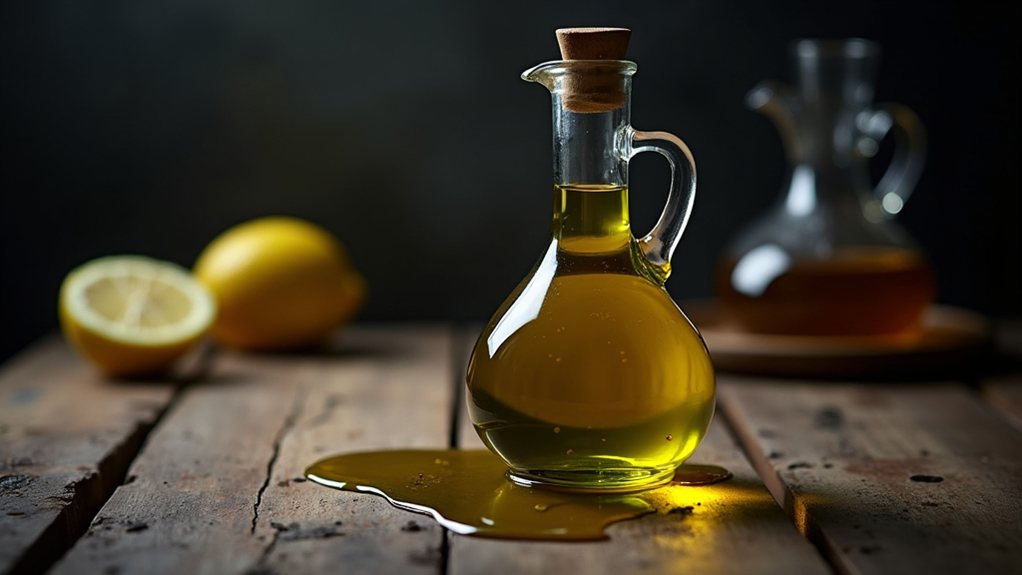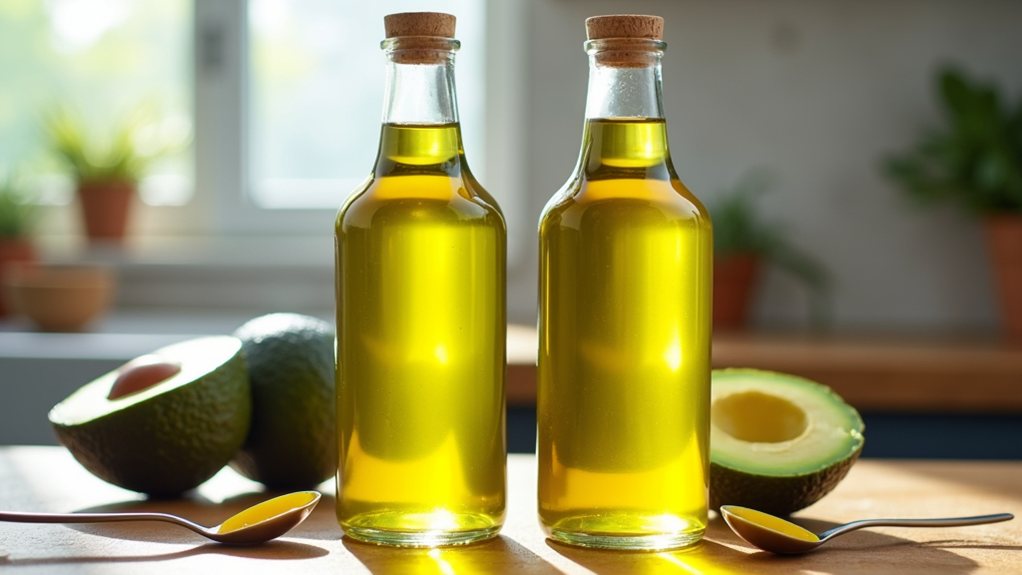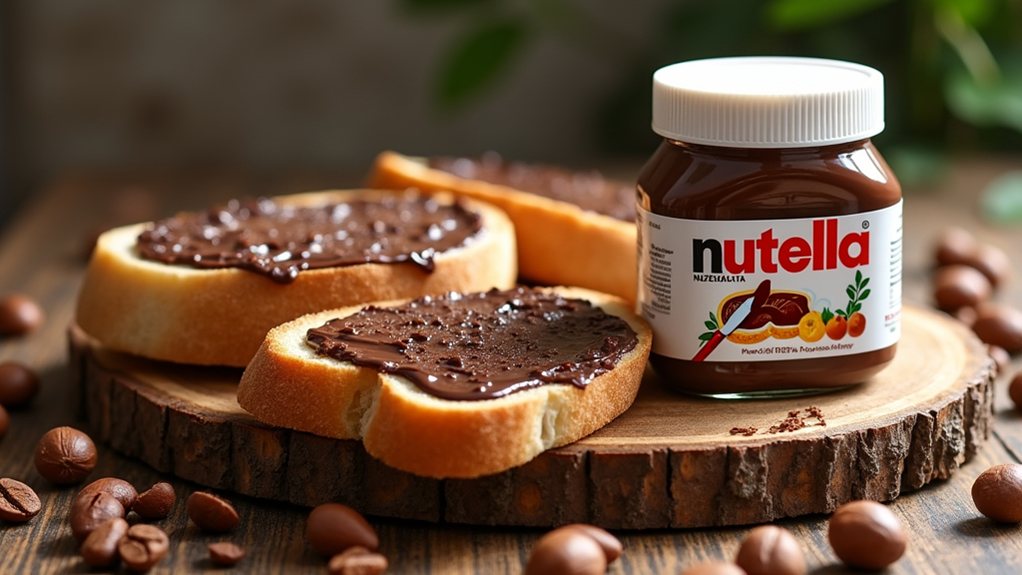You’ve likely heard that yeast is the unsung hero in the world of wine, quietly working behind the scenes to transform grape juice into the effervescent joy in your glass. But in the case of Prosecco, does this sparkling wine follow the same rules?
By exploring the Charmat Method, which sets Prosecco apart from its bubbly counterparts, you’ll find yourself setting on a voyage through the intricacies of fermentation. This method raises the question: is yeast still a key player in Prosecco’s production, or does it bid farewell before the final cork is popped?
Uncovering the answer will satisfy your curiosity and enrich your understanding and appreciation of every sip. Let’s take a closer look at what truly bubbles beneath the surface of your favorite celebratory drink.
Prosecco vs. Champagne Key Takeaways
- Prosecco undergoes a second fermentation with yeast in large vats, not in the bottle like Champagne.
- The Charmat Method used for Prosecco involves yeast to create its signature bubbles.
- Unlike Champagne, Prosecco is filtered and bottled soon after fermentation, removing most yeast remnants.
- Yeast is essential for Prosecco’s production process, contributing to its fruity flavor profile.
The Charmat Method Explained
Let’s investigate the Charmat Method, which sets Prosecco apart by initiating its additional fermentation in stainless steel tanks, enhancing its fresh and fruity profile. This innovative method involves mixing the base wine with sugar and yeast, triggering fermentation. Unlike the traditional techniques where this occurs in the bottle, the Charmat Method uses large, sealed stainless steel tanks. This setup allows for controlling the fermentation environment, ensuring consistency and preserving the wine’s vibrant character.
As fermentation proceeds, yeast converts sugar into alcohol, with carbon dioxide being a natural byproduct. However, since the tanks are sealed, the carbon dioxide can’t escape, dissolving into the wine and creating those signature bubbles. The process isn’t just about enthusiasm; it’s a careful balance highlighting Prosecco’s inherent flavors, making it stand out in sparkling wines.
What’s truly remarkable is how this method underscores a blend of tradition and innovation. It’s a sign of winemakers’ commitment to maintaining the wine’s integrity while embracing techniques that offer a new dimension of enjoyment. So, when you sip on that glass of Prosecco, you’re tasting the fruits of a method that champions quality and accessibility.
Yeast’s Role in Prosecco
Yeast, often overlooked, plays a pivotal role in initiating the fermentation process, transforming Prosecco from a simple grape juice into a sparkling delight. This microscopic powerhouse is the unsung hero behind wine fermentation, converting sugars into alcohol and carbon dioxide, the latter giving Prosecco its effervescence. The Charmat method, unique to secondary fermentation wines like Prosecco, involves adding yeast to the base wine in pressurized tanks. This process produces bubbles and contributes to the wine’s flavor profile.
As the yeast works its magic, it eventually settles at the bottom of the tank as yeast sediment. This residue is a byproduct of fermentation and is meticulously removed through filtration or centrifugation, ensuring the wine’s clarity and sparkle. Unlike traditional methods involving yeast lees aging, Prosecco quickly moves to bottle after this clarification step to preserve its fresh and fruity character.
Understanding the role of yeast in Prosecco’s production illuminates why this sparkling wine captivates with its lively bubbles and crisp taste. It confirms the science and art of winemaking, where yeast is a hidden ingredient, transforming the ordinary into the extraordinary.
Comparing Grape Varieties
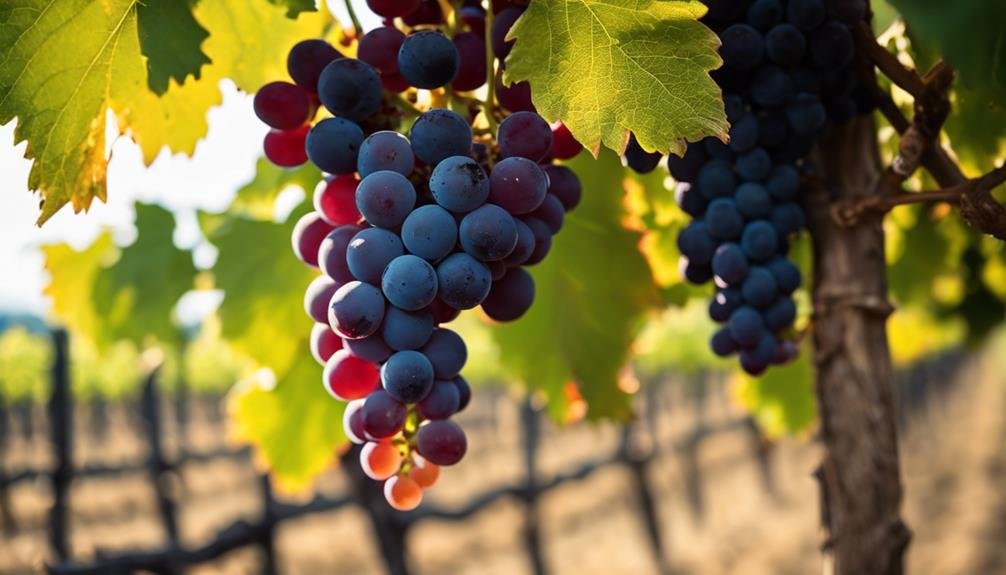
After exploring the pivotal role yeast plays in Prosecco’s enthusiasm, we now focus on the grape varieties that define the unique flavors of Prosecco and Champagne. You might be intrigued to unearth how the choice of grapes shapes your favorite sparkling wines. Here’s a closer look at the grape varieties behind these beloved beverages.
| Wine | Grape Varieties |
|---|---|
| Prosecco | Glera grapes |
| Champagne | Chardonnay, Pinot Noir, Pinot Meunier |
Glera grapes, the backbone of Prosecco, hail from the Veneto region of Italy. Known for their aromatic qualities, these grapes bestow Prosecco with its fresh and fruity essence. On the other hand, Champagne employs a blend of Chardonnay, Pinot Noir, and Pinot Meunier from the Champagne region in France. This combination yields a complexity and depth that’s unmistakably Champagne.
The geographical origins of these grapes are not just a matter of terroir but a sign of tradition. Each wine region brings its unique climate and soil conditions to the table, further influencing its character. So, when you savor a glass of Prosecco or Champagne, you’re not just enjoying a drink but experiencing the essence of its wine region.
Flavor Profile Insights
Diving into the world of Prosecco, you’ll reveal that the yeast’s role during fermentation isn’t just about creating bubbles; it greatly shapes the wine’s flavor profile, adding layers of complexity with fruity notes, floral hints, and subtle yeasty undertones. The fermentation process, a key adventure where yeast transforms sugar into alcohol and carbon dioxide, is where the magic happens. This gifts Prosecco its sparkling charm and weaves in a tapestry of flavors and aromas that define its character.
As you sip on this sparkling wine, you’re not just enjoying a refreshing drink but experiencing the culmination of a carefully orchestrated process. The yeast, often the unsung hero, plays a pivotal role in crafting the flavor profile of Prosecco. They contribute to its distinctive aroma, mingling with the natural fruitiness of the grapes to produce a beverage that’s complex yet accessible.
Understanding the influence of yeast in the fermentation process allows you to appreciate the nuances of Prosecco’s flavor. It’s a voyage through taste, where each bubble carries the essence of the grape, enriched and raised by the yeast’s transformative power. This sparkling wine, with its layers of flavor, is proof of the artistry behind winemaking.
Geographical Origins Unveiled
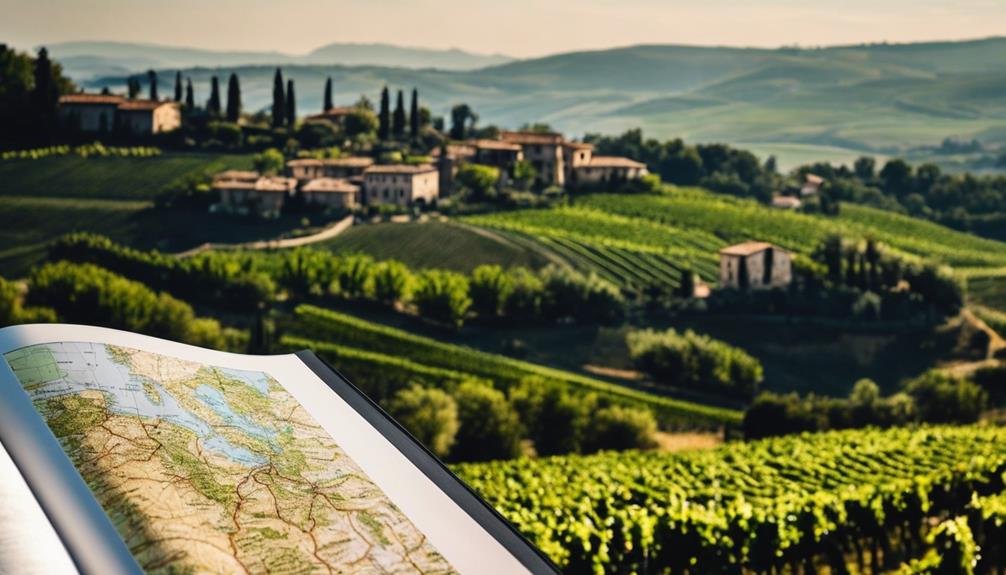
Exploring Prosecco’s geographical origins reveals its deep connection to the Veneto and Friuli regions of northeastern Italy. These regions’ unique landscapes and climates contribute greatly to the wine’s distinctive flavors and effervescence. Steeped in winemaking tradition, these areas offer the perfect conditions for the Glera grape, the star behind Prosecco’s allure, to thrive.
Here’s what makes these regions so special:
- Veneto’s Rich Soil and Climate: This area provides an ideal environment for the Glera grape, aiding in developing its bright, fruity flavors.
- Friuli Venezia Giulia’s Vineyard Elevation: The higher elevations in this region contribute to the grapes’ crisp acidity and freshness, enhancing Prosecco’s refreshing quality.
- Steel Vat Fermentation Pioneered Here: Both regions have welcomed the Charmat method, in which yeast plays a pivotal role during the second fermentation in steel vats. This imparts a lively effervescence and ensures Prosecco’s signature sparkle.
Understanding the geographical origins of Prosecco isn’t just about pinpointing it on a map; it’s about appreciating the symbiotic relationship between the land, the climate, and the traditional methods that together create this beloved sparkling wine.
Frequently Asked Questions
Does Prosecco Contain Yeast?
Yes, Prosecco does contain yeast, but primarily during the fermentation process to initiate the creation of bubbles. However, the amount of yeast in the final product that reaches your glass is minimal.
Does Sparkling Wine Contain Yeast?
Sparkling wine does indeed contain yeast. This includes varieties such as Prosecco, where yeast plays a crucial role in the fermentation process that produces the wine’s signature bubbles. Although most yeast is removed before bottling, small remnants can remain, contributing to the wine’s complex and distinctive flavor profile.
Which Wines Are Yeast Free?
There are no truly yeast-free wines, as yeast is a crucial component in fermentation that turns grape juice into wine. However, some wines undergo extensive filtration and clarification processes that remove most yeast residues. Among these, Prosecco is often highly filtered and clarified before bottling, significantly reducing the yeast content and making it a relatively better option for those who want to minimize yeast in their diet.
What Yeast Is Used to Make Prosecco?
Saccharomyces cerevisiae is the yeast used to make Prosecco. This yeast is essential in producing the delightful bubbles found in Prosecco. It converts sugars into alcohol and carbon dioxide, creating its signature fizz.
Conclusion
Now you’ve uncovered the secret behind Prosecco’s sparkle: yes, it does contain yeast, but not in the way you might think. Thanks to the Charmat Method, yeast plays a vital role in fermentation, yet it’s removed before bottling, ensuring your glass is clear and bubbly.
With its unique grape varieties and the rich soil of Veneto and Friuli Venezia Giulia, Prosecco offers a distinct, delightful flavor. Next time you sip this sparkling wine, you’ll appreciate the craftsmanship behind every bubble.
